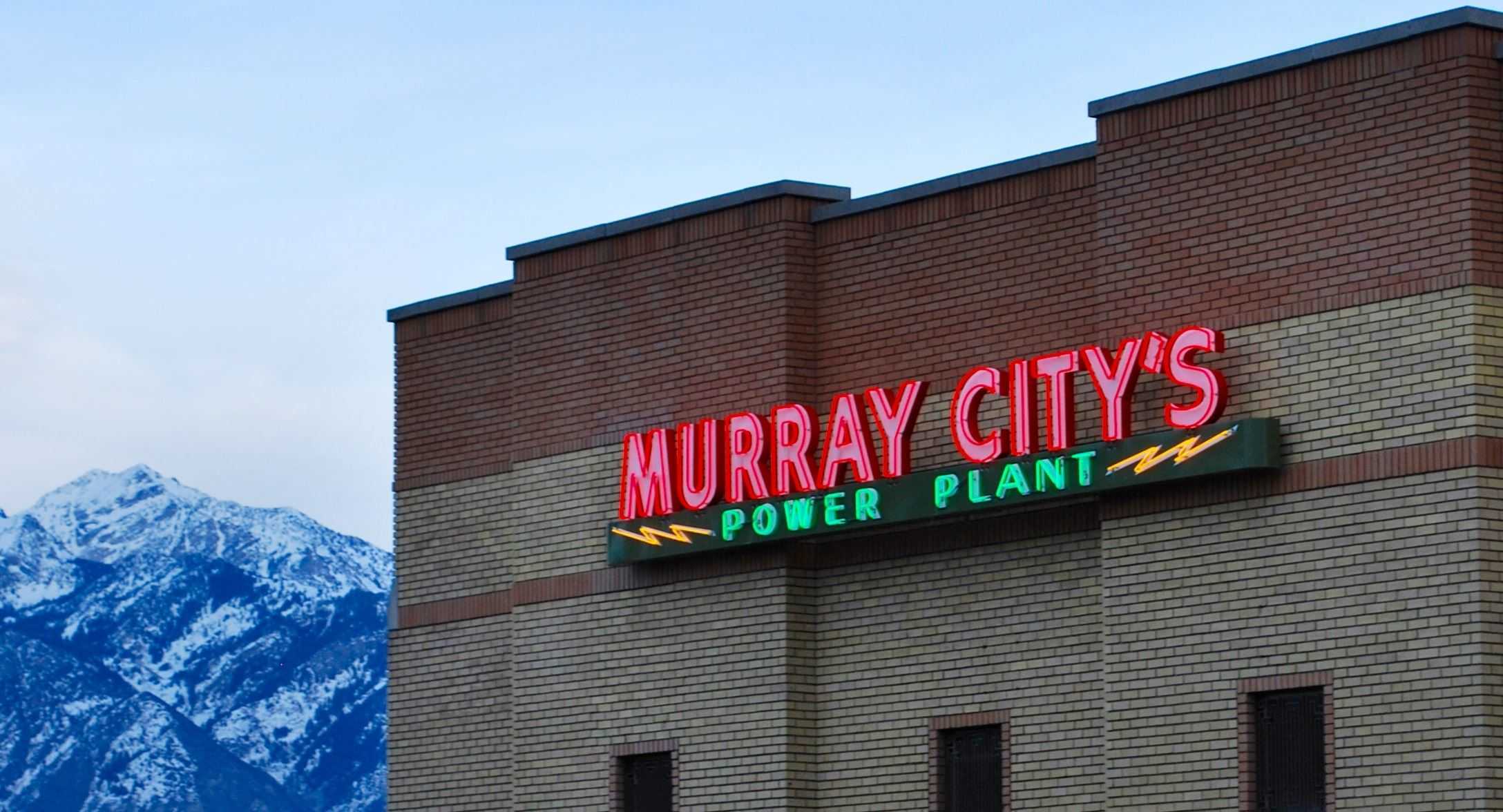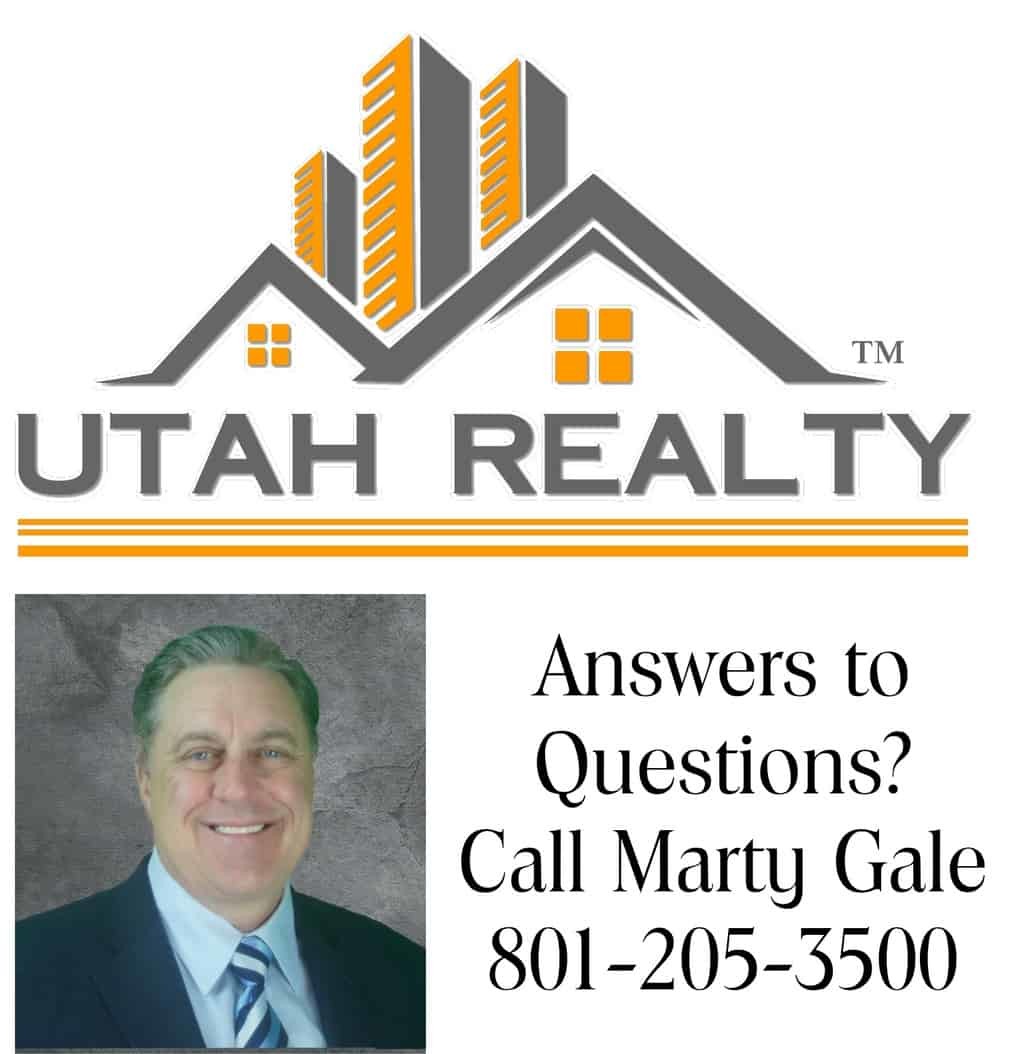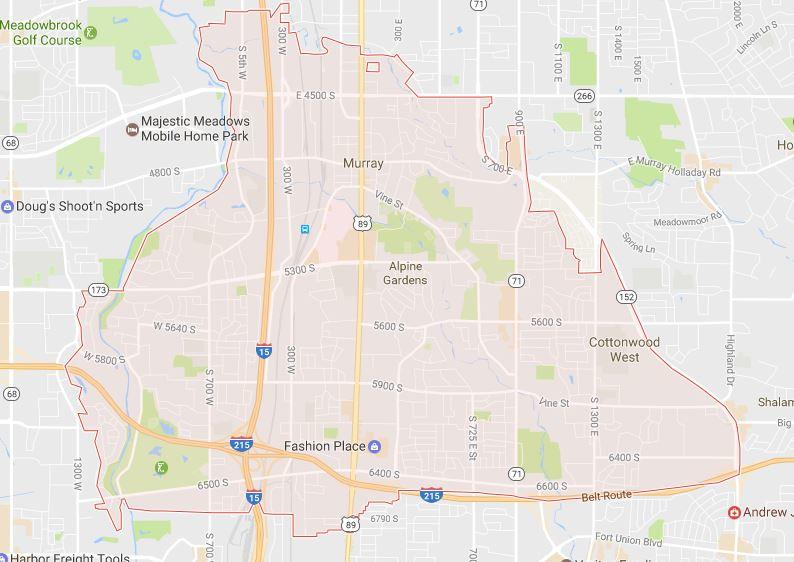Murray City Community
Murray is a city situated on the Wasatch Front in the core of Salt Lake Valley in the U.S. state of Utah. Named for territorial governor Eli Murray, it is the state’s fourteenth largest city.
Parks and recreation facilities in Murray
Salt Lake County managed facilities
Mick Riley Golf Course- Two courses include an Executive and Par 3 course
Salt Lake County Ice Center- Ice Skating and Hockey
Jordan River Parkway– Natural trail and equestrian paths
Woodstock Meadows Park- Natural area, pavilion, and playground
Wheeler Historic Farm– Historical park and natural area
Riverview Park- Tennis, shuffleboard, horseshoe pits, baseball complex
Murray City managed facilities
Park Center- indoor pool, basketball courts, weight room, spin room, track
Murray Aquatics Center- outdoor pool
L. Clark Cushing Heritage Center- recreation center for senior citizens
Lynn Pett Murray Parkway Golf Course- 18 Hole executive course
Murray City Park– baseball stadium, softball stadium, soccer, rugby, arboretum, amphitheatre, playgrounds
Arrowhead Park- picnic area and trailhead
Germania Park- outdoor basketball, soccer, playground
Grant Park- baseball complex, playgrounds
Hidden Village Park- tennis, soccer, and playground
Southwood Park- tennis, playground
Walden Park- canoe launch, playground
Willow Pond Park- fishing, baseball, soccer, playgrounds
Winchester Park- canoe launch, natural area, playground
Homes for Sale In Murray Utah
Condos for sale in Murray Utah

Nestled at the base of Utah’s Wasatch Mountains just a few miles from Salt Lake City, Murray City Power is a publicly owned, municipal electric utility created in 1913 when the community demanded affordable—and more reliable—electricity, along with local control over a vital service.
Today, Murray City Power employs 47 individuals, performing all aspects of utility work including electrical distribution system design, construction and maintenance; electrical generation and substations; forestry division including utility arborists; and administrative functions.
Murray City Power serves approximately 18,000 customers, of which 82%, are residential and the remaining 18% are commercial and industrial. Customer energy consumption is about 428 million kilowatt-hours per year, with commercial and industrial using 292 million kilowatt-hours, or 68%. Murray is a summer-peaking utility, with an all-time peak of 107 Megawatts. Murray’s residential rates average 9.1 cents/kWh, while combined commercial and industrial average 7.8 cents/kWh.
Murray’s resource mix is quite diverse, with 50% energy coming from three different coal generation projects; 25% hydro; 12% renewable landfill gas; 6% natural gas turbines; and the remaining 7% from spot market purchases.
Murray’s electric utility is stronger than ever, providing exceptional reliability at competitive prices, while advancing environmentally sensitive resources. See https://www.murray.utah.gov/75/Power
History of Murray City



